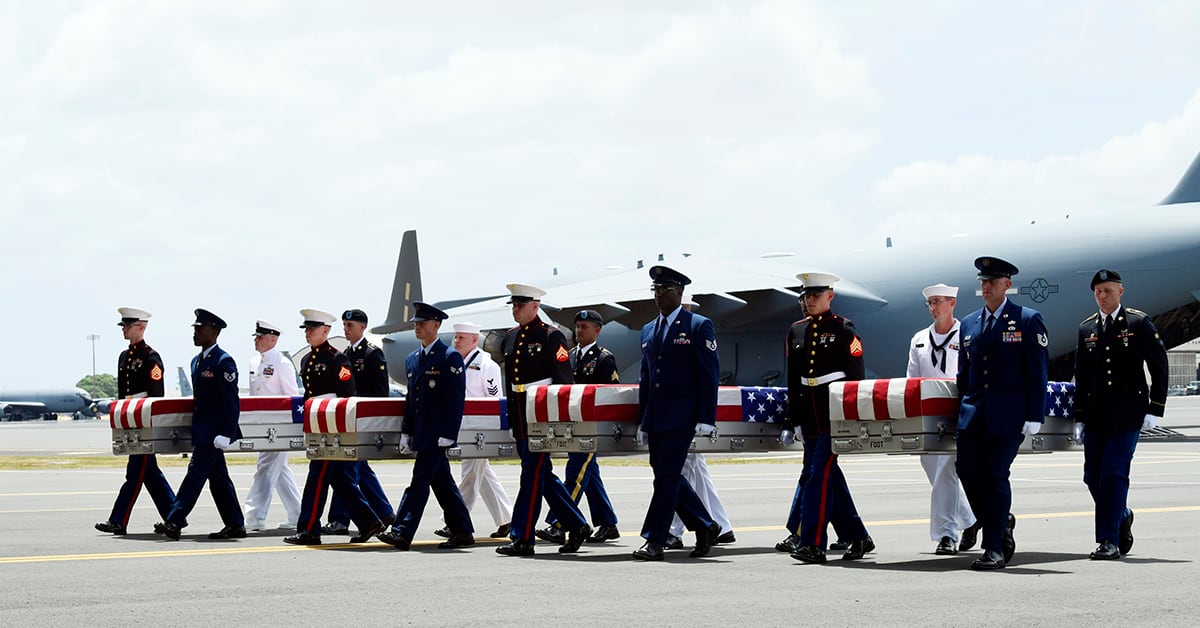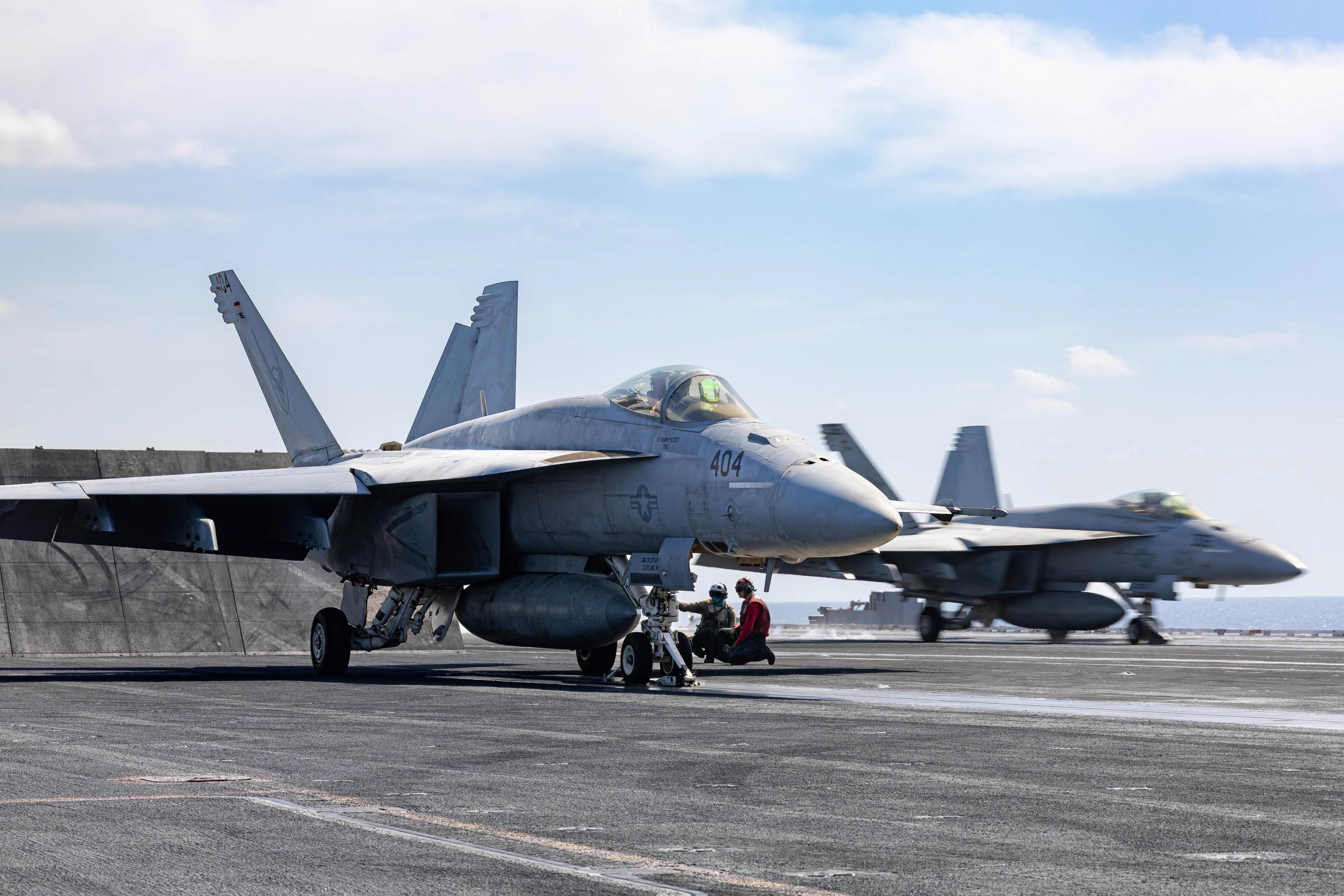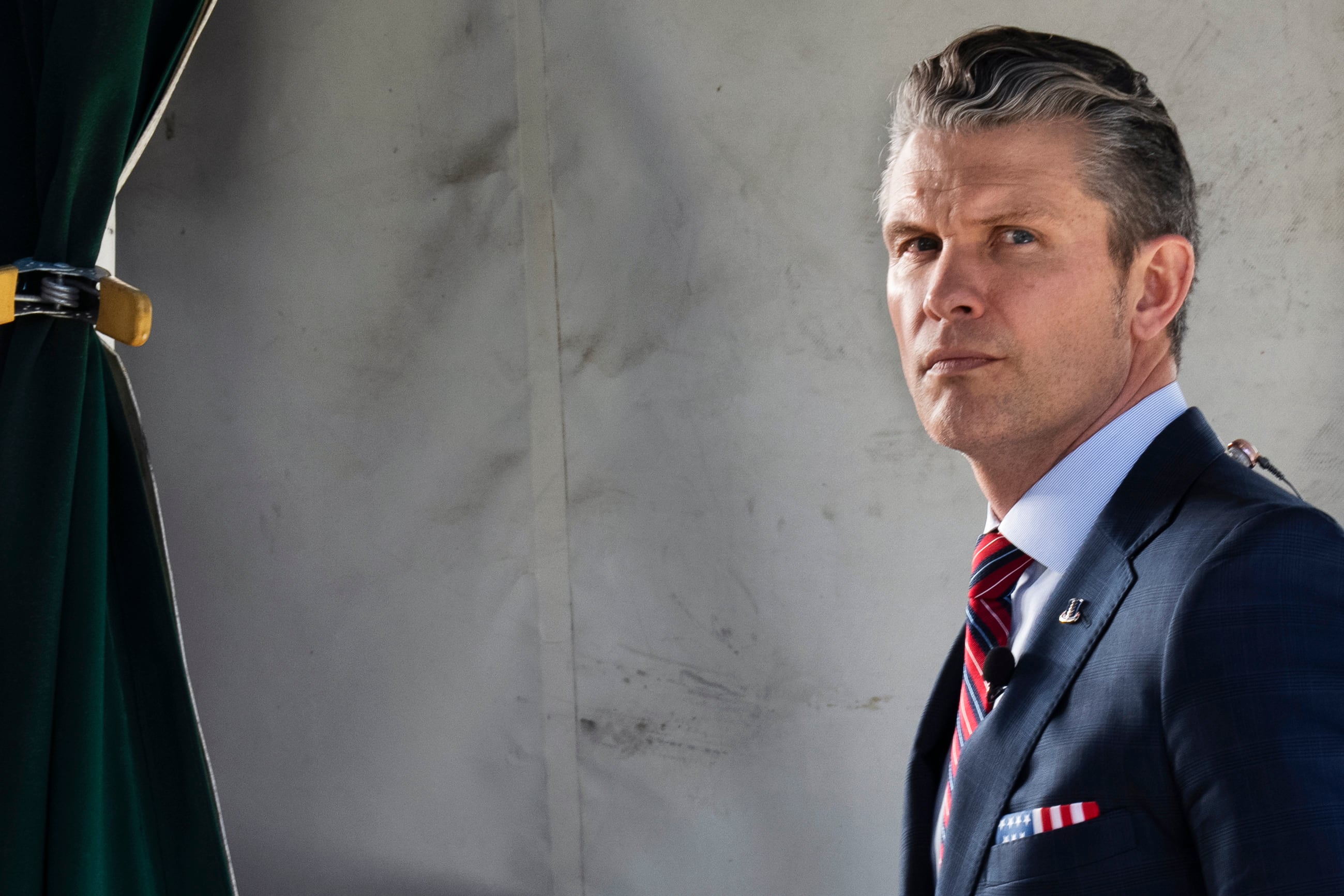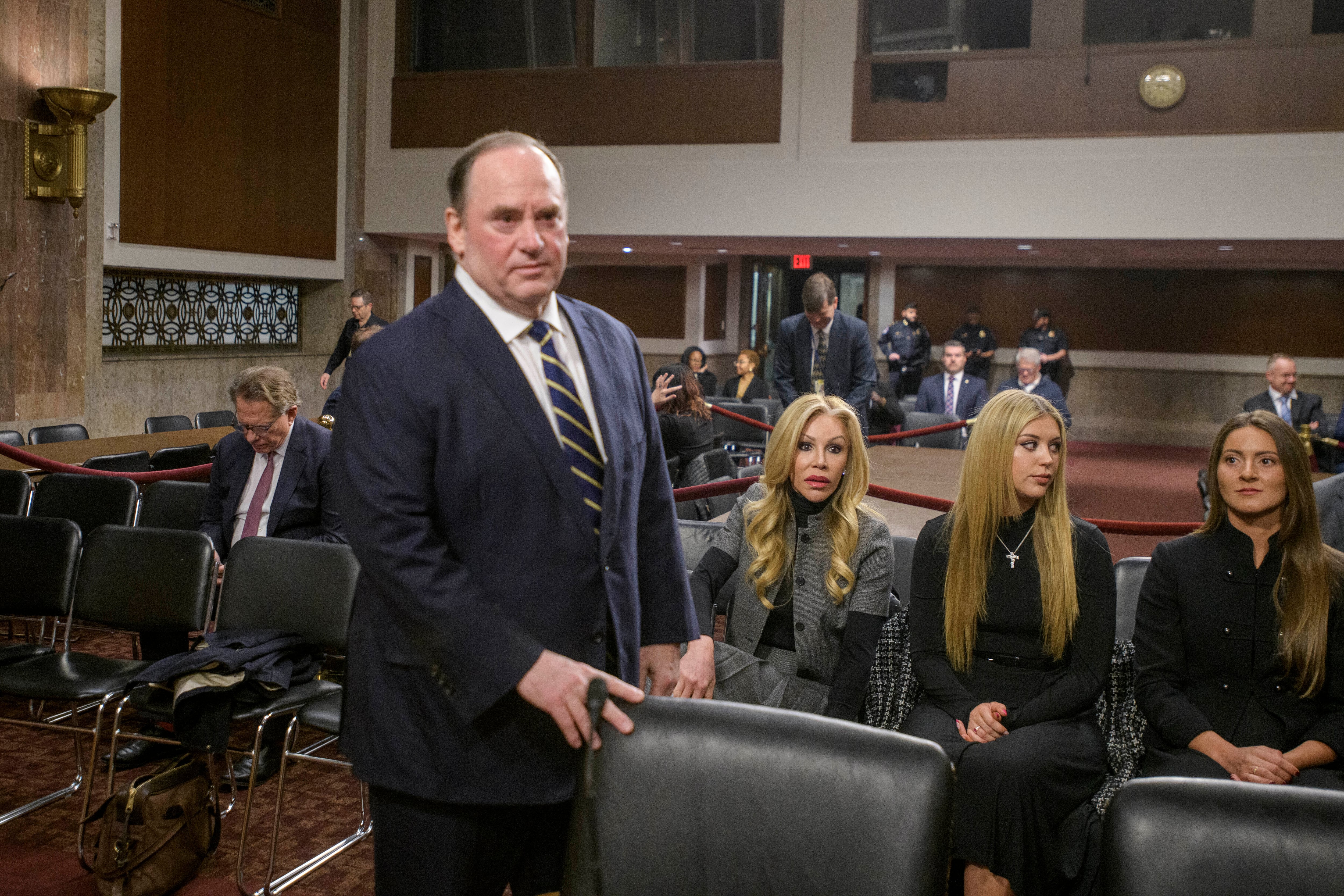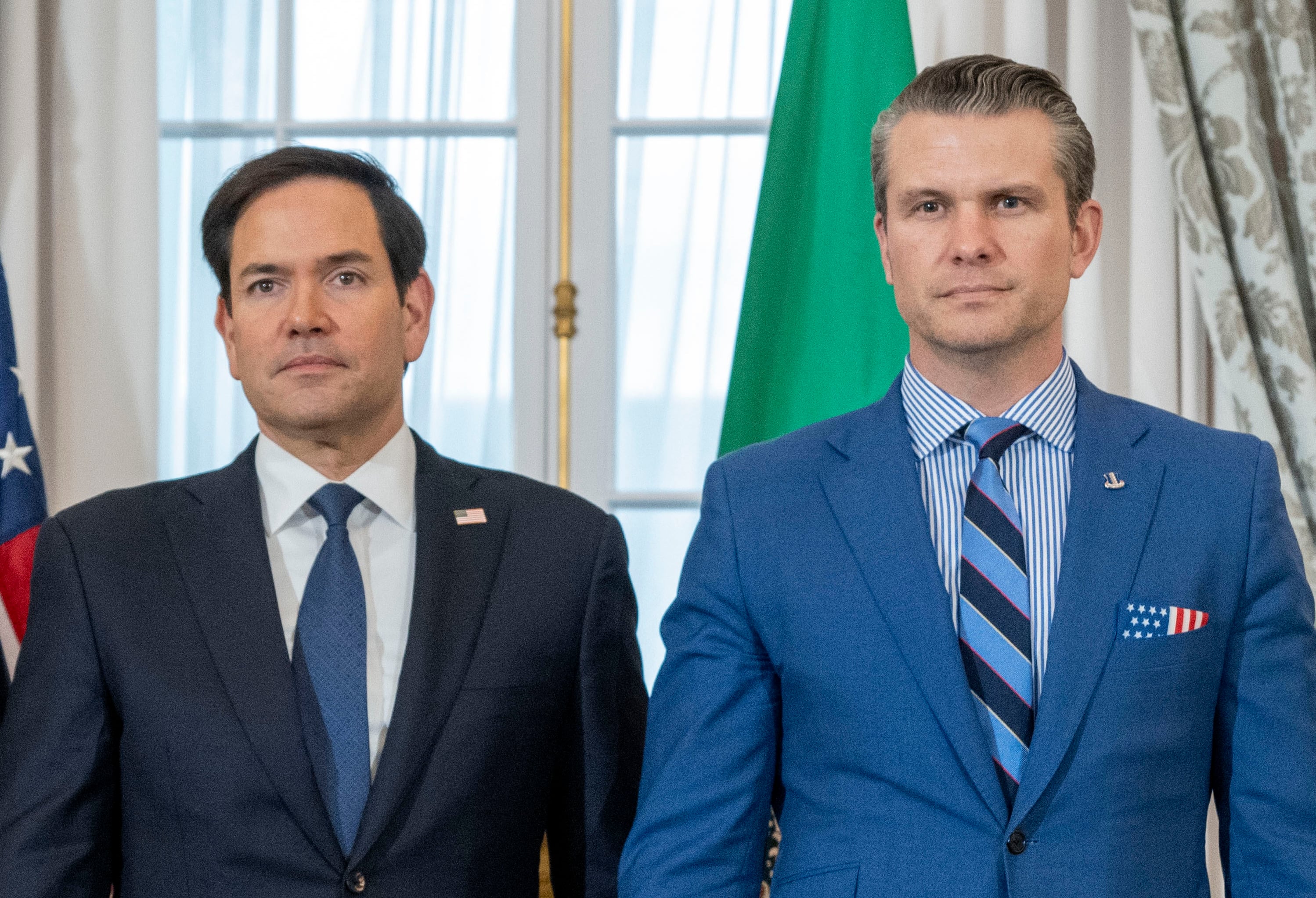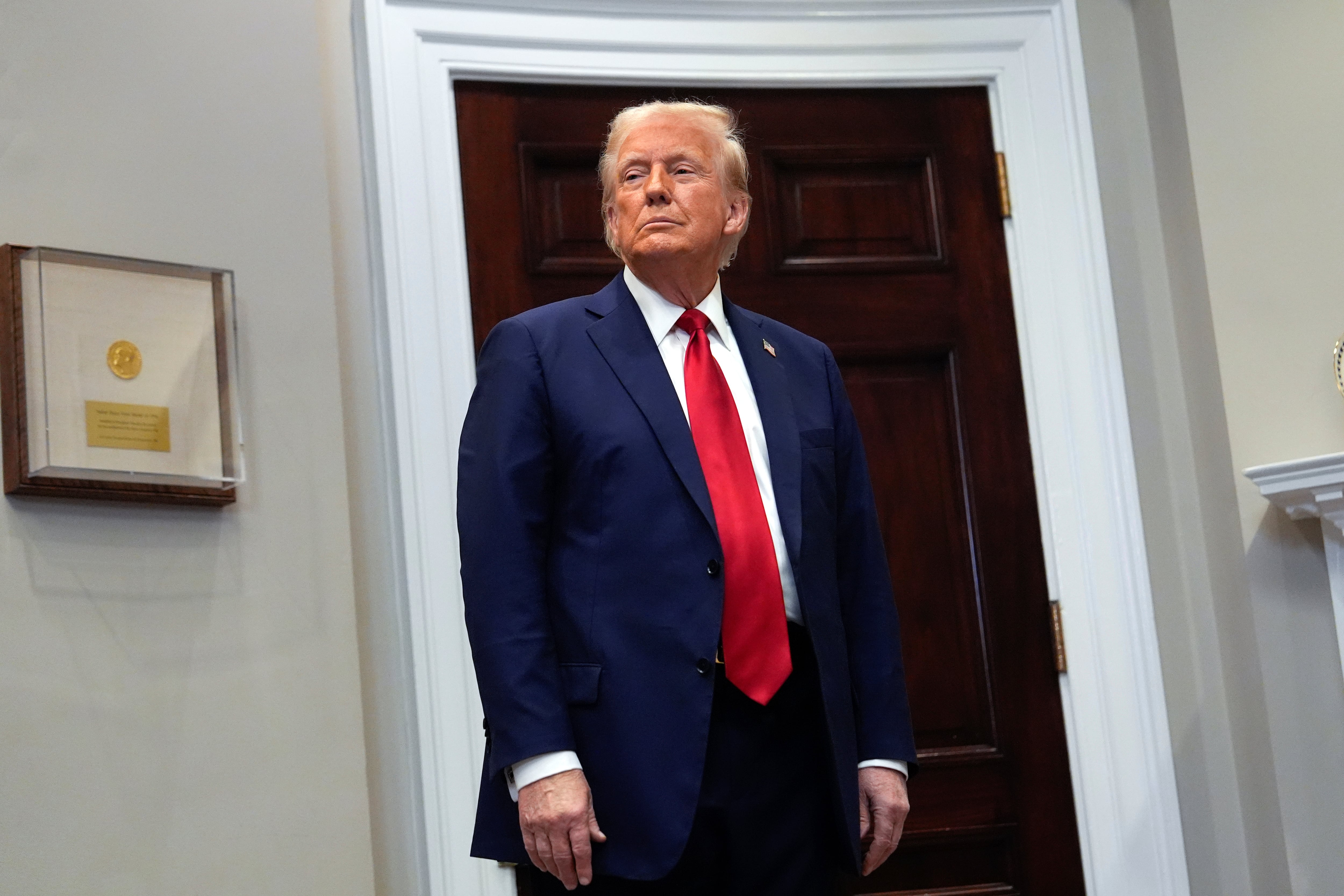JOINT BASE PEARL HARBOR-HICKAM, Hawaii — The U.S. military says it has identified the remains of three more Americans killed during the Korean War, even as efforts to recover additional remains have stalled amid souring relations with North Korea.
One family has been notified and notification of the other two families is pending, Lt. Col. Ken Hoffman, spokesman for the Defense POW-MIA Accounting Agency, said Tuesday.
One set of remains has been identified as those of Army Cpl. Charles S. Lawler, a member of Company M, 3rd Battalion, 8th Cavalry Regiment, 1st Cavalry Division. The DPAA said in a statement that Lawler, whose hometown was not provided, had been engaged against enemy forces near Unsan, North Korea, and was reported missing in action on Nov. 2, 1950.
So far, six Americans have been identified from 55 boxes of what North Korean officials said were remains. U.S. officials have estimated that between 50 and 100 individuals could likely be identified, with about 80 of them expected to be Americans and the others South Koreans fighting alongside U.S. forces.
Earlier this month, as tensions between the U.S. and North Korea spiked again, the Pentagon said it had suspended its efforts to arrange negotiations on recovering additional remains of American service members killed in the North during the Korean War.
RELATED
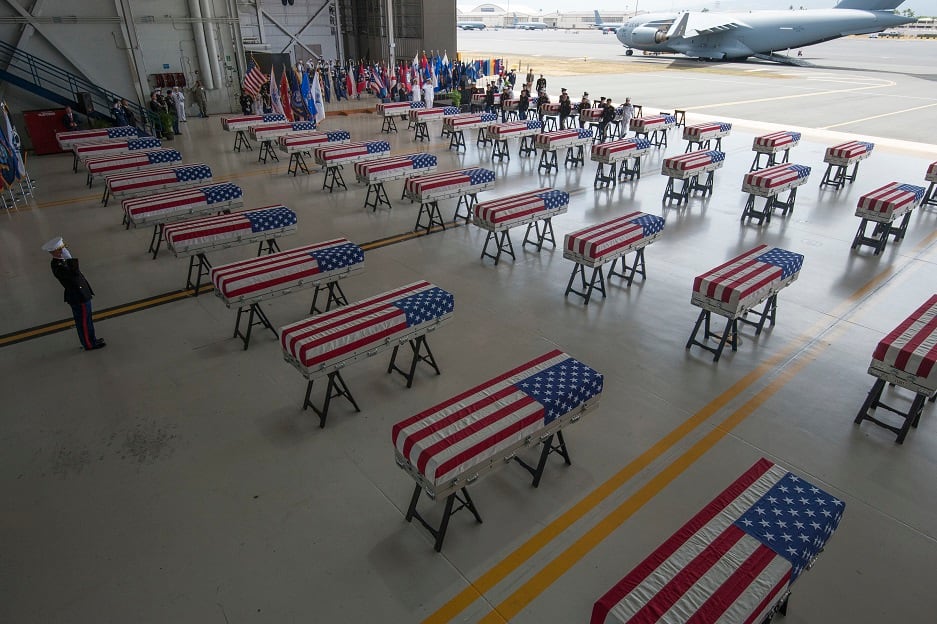
The Defense POW-MIA Accounting Agency said it has had no communication with North Korean authorities since the Hanoi summit between President Donald Trump and North Korean leader Kim Jong Un last February. That meeting focused on the North's nuclear weapons and followed a June 2018 summit at which Kim committed to permitting a resumption of U.S. remains recovery, which had been suspended by the U.S. in 2005.
Since the February summit, however, the Trump administration has made no discernable progress toward a deal on eliminating the North's nuclear weapons. Although the remains recovery effort is technically separate from the nuclear talks, it appears to have become entangled in the broader disagreement between Washington and Pyongyang over nuclear weapons and other efforts to improve relations.
The DPAA said it had "reached the point where we can no longer effectively plan, coordinate, and conduct field operations in the DPRK" during this fiscal year, which ends on Sept. 30. The North, it said, never agreed to face-to-face negotiations to work out details for the recovery operations, such as payments required for the provision of support services by the North Korean army.
Last summer, in line with the Trump-Kim summit in June, the North turned over 55 boxes of what it said were the remains of an undetermined number of U.S service members killed in the North during the 1950-53 war. At the time, John Byrd, director of the Defense Department laboratory responsible for the work, said the reports were being finalized before notification of the families was done.
U.S. officials have said the North has suggested in recent years that it holds perhaps 200 sets of American war remains. Thousands more are unrecovered from battlefields and former POW camps.
RELATED
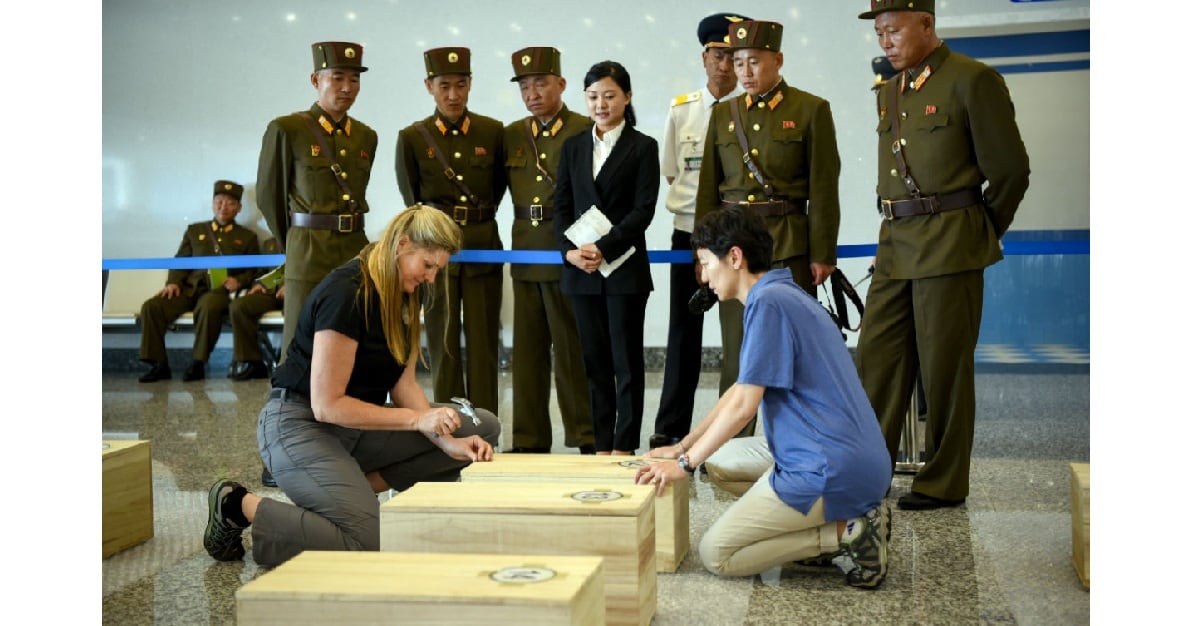
The U.S. undertook 33 joint recovery operations in North Korea between 1996 and 2005, when they were suspended by Washington amid growing U.S. concern about the North's nuclear weapons program. The Pentagon estimates that about 5,300 Americans were lost in North Korea.
The first person identified from the materials in the 55 boxes was Army Master Sgt. Charles H. McDaniel of Butler, Missouri, and Vernon, Indiana. The second was Army Pfc. William H. Jones of Nash County, North Carolina. And the third, announced last month, was Army Sgt. Frank Julius Suliman of Nixon, New Jersey.
Acting Defense Secretary Patrick Shanahan toured the agency’s lab Tuesday during a brief stop at the base. Agency workers greeted him, and he told them their efforts to bring closure to families were greatly appreciated.
